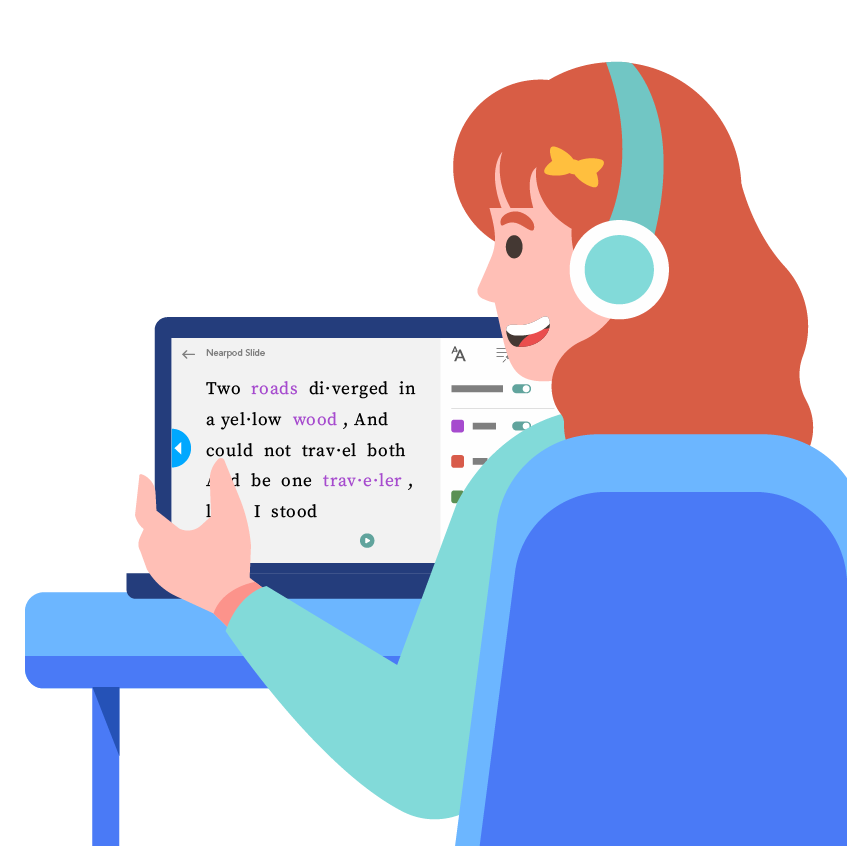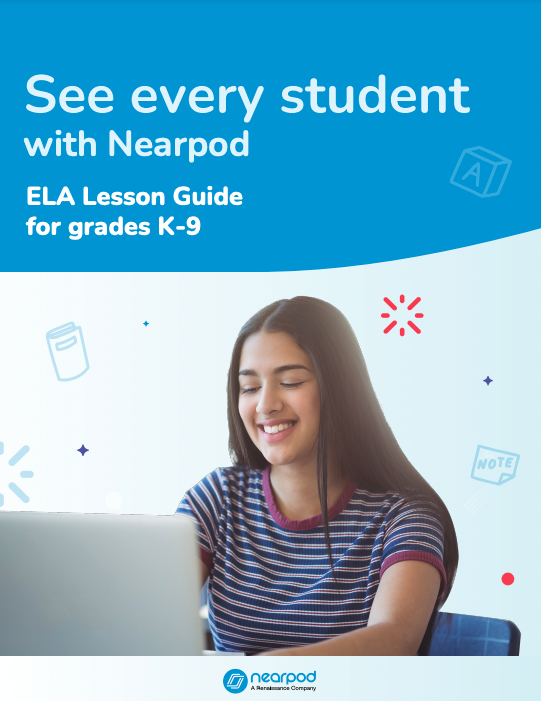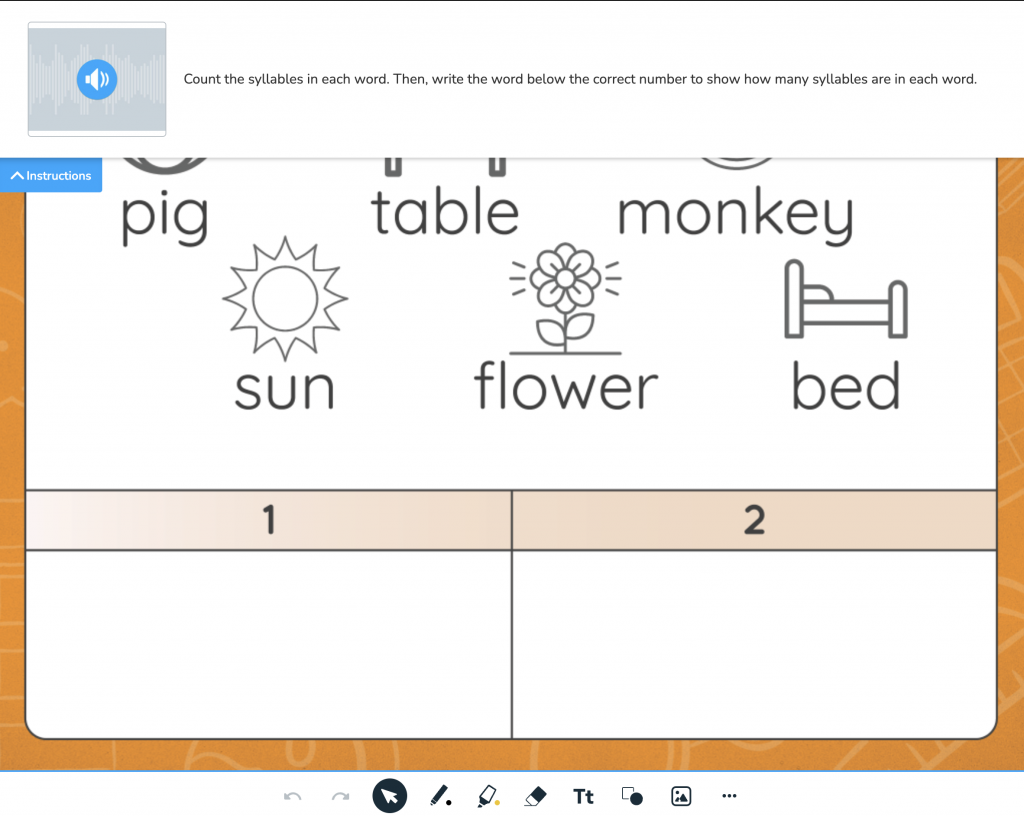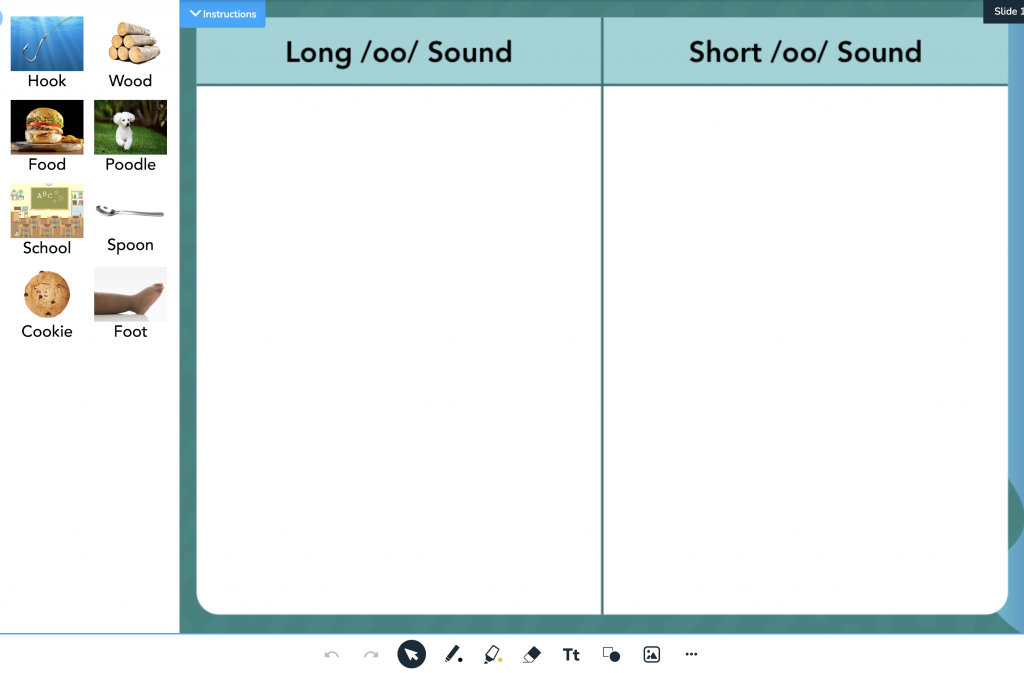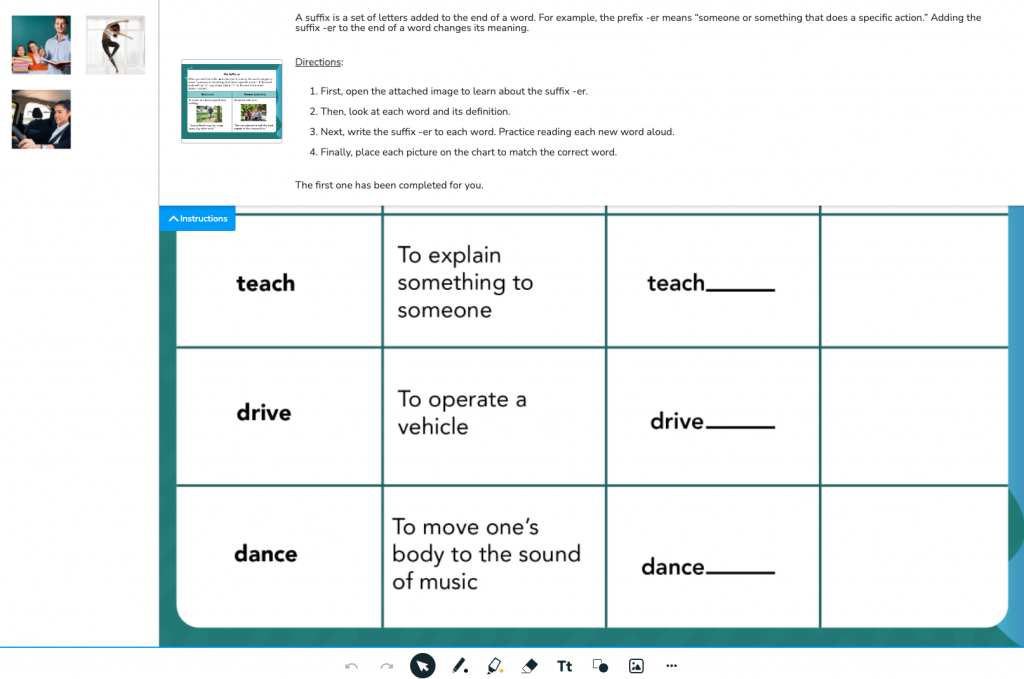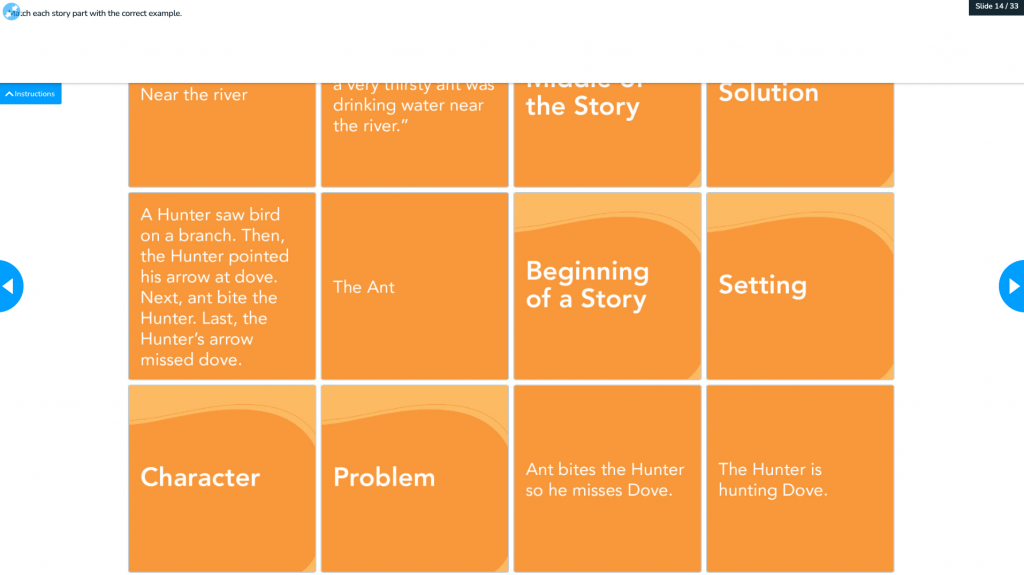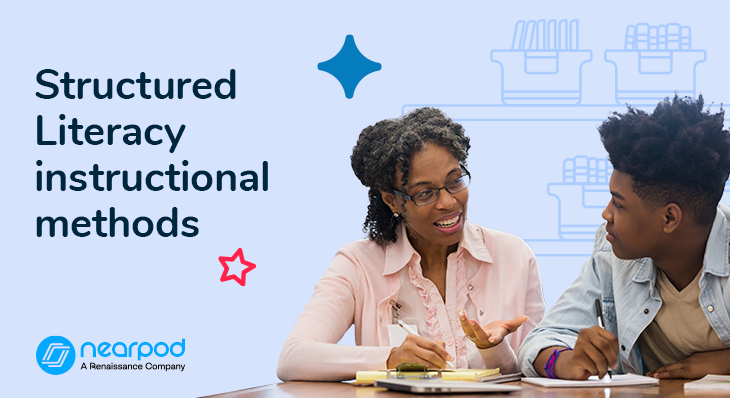
- English language arts
- Instructional resources
- Leadership
- Pedagogy
- Teachers
- Thought leadership
- Trends in education
5 Ways to implement Structured Literacy instructional methods
What is Structured Literacy?
In the Structured Literacy model, both content and instruction are systematic and intentional, and there is a clear focus on phonemic awareness as the foundation for written language comprehension. While Structured Literacy is an approach to reading originally designed for students with dyslexia, the growing body of research in the Science of Reading suggests that it is highly effective for the general student body.
Structured Literacy vs. Balanced Literacy
Balanced Literacy promises to foster a love of reading through read-alouds, shared reading, guided reading, independent reading, and word study. While word study includes phonics instruction, it is often approached without explicit or systematic instruction. In contrast, Structured Literacy is explicit, systematic, and sequential. It focuses on phonological awareness, phonics, decoding, and spelling, providing a clear, step-by-step method to build foundational reading skills.
As a young teacher of English Learners in Brooklyn in 2007, I faced a daunting task: My 10th grade students, reading at a 2nd–4th grade level, were expected to tackle 8th grade texts. I was incredibly frustrated but was advised to use shared reading, leveled texts, and compensatory strategies, essentially implementing Balanced Literacy.
In desperation, I pleaded with our department head, “But how do we teach them how to reeeeaaaaad the book?” Unknowingly, I emphasized the need for phonemic awareness and Structured Literacy methods.
This experience underscored a critical gap in our teaching approach. While Balanced Literacy has its merits, it became clear that for our students to truly succeed, they needed explicit instruction in the sounds of language and their letter correspondences. Structured Literacy ensures that every student has the foundational skills necessary to become proficient readers.
Is structured literacy part of the Science of Reading?
The Structured Literacy approach fits perfectly with the growing body of evidence supporting the Science of Reading, as it provides a clear, methodical framework for teaching essential reading components. The Science of Reading is a comprehensive, evidence-based approach to reading instruction emphasizing the importance of explicit, systematic teaching of phonics, vocabulary, and comprehension skills. When understanding what are the components of structured literacy, it’s important to remember that this strives for all students, especially those with learning differences, to become proficient readers. There is no debate for Structured Literacy vs. Science of Reading given the overwhelming evidence supporting the effectiveness of both in improving literacy outcomes for diverse learners.
Implement Structured Literacy in schools with Nearpod’s support
When implementing a theoretical approach to learning, teachers must receive the resources to make that approach a reality. Without the tools to support Structured Literacy instruction in the classroom, implementing the Science of Reading remains a fantasy. Nearpod can be one of the tools that teachers use when it’s time to put plans into action. With Nearpod’s instructional features and supporting content, teachers can confidently provide research-based instruction and move towards a more Structured Literacy approach.
New to Nearpod? Teachers can sign up for free below to access these resources, interactive activities, and engaging lessons. Administrators can schedule a call with an expert to unlock the full power of Nearpod for schools and districts.
5 Ways to implement Structured Literacy instructional methods
1. Choose a scope and sequence backed by the research in the Science of Reading
A scope and sequence outlines the specific skills and knowledge that students need to learn, as well as the order in which they should be taught. Choose a scope and sequence that is systematic and sequential. This ensures instruction follows a logical progression, from basic to complex concepts.
Look for scope and sequence-explicit instruction where skills are clearly modeled and explained. Ensure the learning is cumulative, building on previous knowledge with continuous reinforcement. The program should be diagnostic and adaptive, allowing for ongoing assessment and adjustments based on student progress.
A scope and sequence should comprehensively cover all essential reading components, including phonemic awareness, phonics, fluency, vocabulary, and comprehension. By following a structured roadmap, educators can provide targeted instruction that builds on prior knowledge, ensuring there are no gaps in learning.
If your district isn’t providing a scope and sequence, advocate! Then search for the Nearpod lessons and activities that correspond with the content. Any Nearpod resource can be customized to fit the specific needs of the classroom and allow for plenty of creativity. You can get started with our English Language Arts (ELA) Lesson Guide.
2. Provide explicit instruction in phonemic awareness
Phonemic awareness is the ability to hear, identify, and manipulate individual sounds in spoken words. Instruction can include rhyming games where children match words that sound alike. Sound scavenger hunts are a fantastic strategy for engagement—kids find objects that start with a specific sound. Clap and tap activities help them break down words into individual sounds. Read-alouds should be rich in alliteration and rhyme. Singing songs and playing with tongue twisters create a fun and joyful classroom dynamic. These activities foster a love for language along with phonemic skills to use for Structured Literacy examples.
On Nearpod, you can create your own interactive lessons using your existing material and classroom ideas (like the ones listed above!). Also, Nearpod offers a variety of interactive lessons and activities for learning and practice. Teach students using pre-made activities to engage them and reinforce skills in identifying rhyming words, counting syllable types, and practicing recitation of a variety of texts.
3. Focus on decoding and sound-symbol recognition
Decoding involves translating written words into their spoken equivalents by recognizing the relationship between letters and sounds. It might sound dry, but it can be so much fun in the classroom! Start with letter-sound matching games in puzzles or flashcards. Flashcards with pictures and words help reinforce recognition. Interactive storybooks where children can click on words to hear them read aloud makes learning dynamic. Phonics songs and chants turn decoding practice into a musical adventure, stimulating multiple areas of the brain. These activities not only enhance decoding skills but also make reading a positive experience.
Nearpod activities such as Matching Pairs, Drag and Drop, and Draw It provide opportunities for students to match letters to sounds, blend sounds to form words, and segment words into individual sounds. Enable Immersive Reader to make all texts interactive. Nearpod resources help kids crack the code of letters and speech sounds, making it easier for them to read new words like pros! The activities, videos, and full lessons all support the decoding instruction and practice required in the Structured Literacy methodology.
4. Give students time to play with root words, prefixes, and suffixes
Incorporate word sorts, scavenger hunts, and color coding into your classroom to make learning about root words, prefixes, and suffixes hands-on and meaningful. Start with word sorts, where students categorize words based on their components. Then, organize a scavenger hunt, encouraging students to find words with prefixes and suffixes in their books or around the classroom. Use color coding to highlight prefixes, root words, and suffixes in different colors within a text. These activities not only help students learn to read while making it fun but also help students visually and contextually understand word structures.
A hands-on approach helps deepen students’ morphological awareness, meaning students build their understanding of the structure of words and how their parts contribute to their meanings. Nearpod has plenty of ready-to-go activities for independent practice. Teachers can create or use pre-made Nearpod activities that encourage students to build new words and understand how word parts change meanings.
5. Support language comprehension
Going beyond word recognition in the classroom is essential when understanding, as an educator what is Structured Literacy. Instruction in language comprehension helps students understand context, infer meaning, and engage deeply with texts.
Vocabulary and background knowledge are key components of comprehension. Enhance vocabulary with word maps, where students define words, use them in sentences, and draw representations. Category sorting helps students understand word relationships by grouping similar words. Analogies and comparisons connect new vocabulary to known concepts, deepening understanding. These activities foster a richer vocabulary and stronger comprehension skills. Build background knowledge with multimedia resources to provide context for new words.
Nearpod offers multimedia features to create a context for learning language and content. Virtual Reality (VR) field trips, 3D Models, and PhET simulations build schema. Students can engage in interactive word work with Matching Pairs, Drag and Drop, and Draw It activities.
Start implementing Structured Literacy in your classroom
Structured Literacy, grounded in the principles of the Science of Reading, provides a systematic and effective approach to teaching reading that benefits all students. By learning what are the components of Structured Literacy and incorporating these principles, educators can ensure that their instruction is explicit, systematic, and evidence-based. With Nearpod’s interactive tools and resources, teachers can bring these principles to life in the classroom, making reading instruction engaging and effective. With Nearpod’s support, Structured Literacy will help every student become a confident and proficient reader.
New to Nearpod? Teachers can sign up for free below to access these resources, interactive activities, and engaging lessons. Administrators can schedule a call with an expert to unlock the full power of Nearpod for schools and districts.

Erika is an education consultant and a language acquisition expert. Having spent years abroad and around the US working with learners from all over the world, she is passionate about intercultural communication, multilingualism and instructional excellence.
